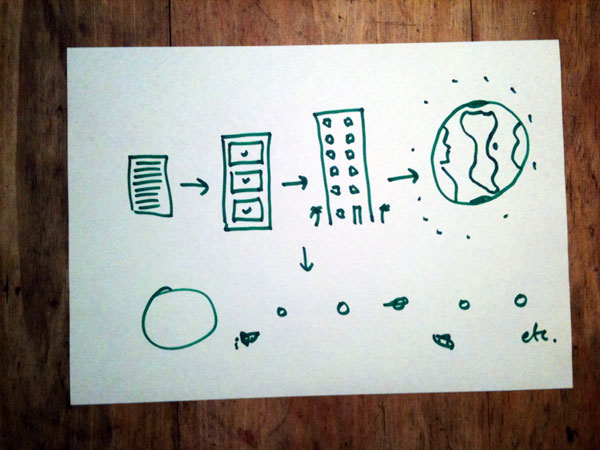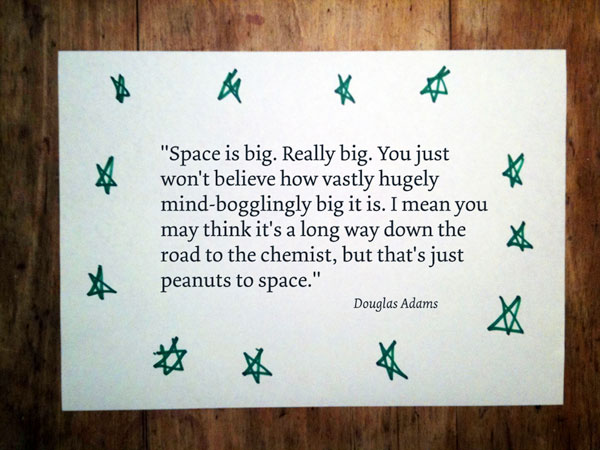Building Super Scalable Systems: Blade Runner Meets Autonomic Computing in the Ambient Cloud
 Wednesday, December 16, 2009 at 9:28AM
Wednesday, December 16, 2009 at 9:28AM  "But it is not complicated. [There's] just a lot of it."
"But it is not complicated. [There's] just a lot of it."
-- Richard Feynman on how the immense variety of the world arises from simple rules.
Contents:
- Have We Reached the End of Scaling?
- Applications Become Black Boxes Using Markets to Scale and Control Costs
- Let's Welcome our Neo-Feudal Overlords
- The Economic Argument for the Ambient Cloud
- What Will Kill the Cloud?
- The Amazing Collective Compute Power of the Ambient Cloud
- Using the Ambient Cloud as an Application Runtime
- Applications as Virtual States
- Conclusion
We have not yet begun to scale. The world is still fundamentally disconnected and for all our wisdom we are still in the earliest days of learning how to build truly large planet-scaling applications.
Today 350 million users on Facebook is a lot of users and five million followers on Twitter is a lot of followers. This may seem like a lot now, but consider we have no planet wide applications yet. None.
Tomorrow the numbers foreshadow a new Cambrian explosion of connectivity that will look as different as the image of a bare lifeless earth looks to us today. We will have 10 billion people, we will have trillions of things, and we will have a great multitude of social networks densely interconnecting all these people to people, things to things, and people to things.
How can we possibly build planet scalable systems to handle this massive growth if building much smaller applications currently stresses architectural best practices past breaking? We can't. We aren't anywhere close to building applications at this scale, except for perhaps Google and a few others, and there's no way you and I can reproduce what they are doing. Companies are scrambling to raise hundreds of millions of dollars in order to build even more datacenters. As the world becomes more and more global and more and more connected, handling the load may require building applications 4 or 5 orders of magnitude larger than any current system. The cost for an infrastructure capable of supporting planet-scale applications could be in the 10 trillion dollar range (very roughly estimated at $100 million a data center times 10K).
If you aren't Google, or a very few other companies, how can you possibly compete? For a glimmer of a possible direction that may not require a kingdom's worth of resources, please take a look at this short video:

















